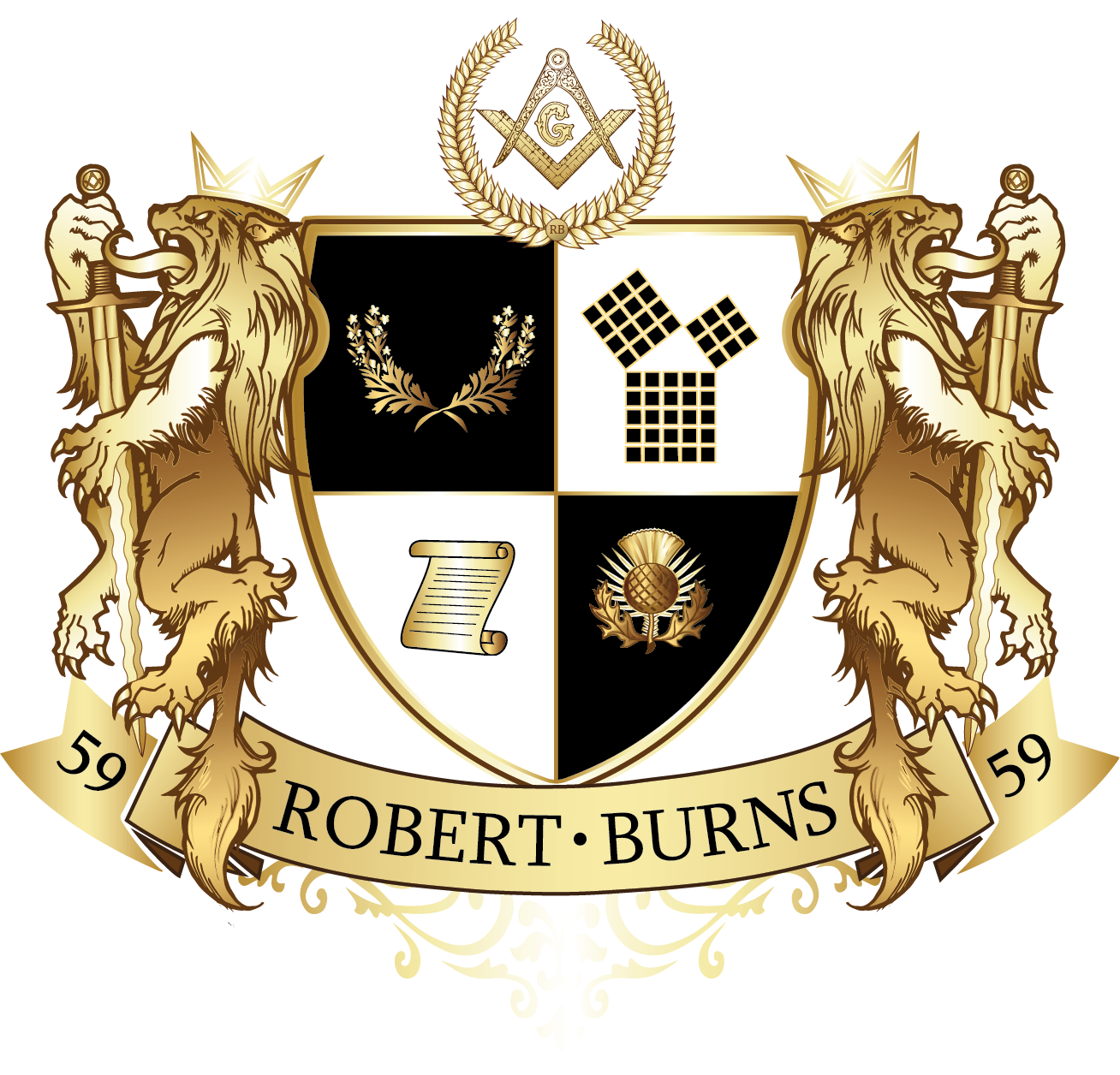The Philosophical Persian Rite
An Exploration of its Origins and Influence
By Robert Burns Lodge 59
Introduction
The text provided describes a purported “Philosophical Persian Rite” of Freemasonry, said to have been developed in Erzerum, Turkey in the early 19th century. This rite is presented as having seven grades, blending European and Asian esoteric philosophies, with the goal of moral enlightenment. The text raises skepticism about whether this rite truly has ancient Persian origins or is simply a modern invention. This paper will analyze the claims made about this rite, explore what is known from other sources, and assess its significance in masonic history.
Origins and Development
The Philosophical Persian Rite is said to have been founded in Erzerum, an important commercial crossroads between Europe and Asia. The text claims it drew inspiration from ancient Persian religion (Zoroastrianism), Indian philosophy, and Confucianism, transmitted by travelers and merchants. This syncretic blending of Western and Eastern traditions resonated with the ideas of 19th century esotericists.
However, details on the rite’s history are scant. The earliest known references are in 1844, in the Dictionnaire Maçonnique by Lucien de la Hodde [1]. Hodde relays the story of the rite’s founding but notes it was likely a modern creation despite its purported ancient Persian pedigree.
Other masonic scholars in the mid 19th century, like Ragon, also discuss the rite briefly but provide no substantive details [2]. Ragon casts doubt on the rite’s antiquity and Persian origins. Period documents indicate it was never officially recognized by mainstream masonic authorities in France or Britain [3].
The rite’s grades do not match those of ancient Persian or Zoroastrian models. The third grade name, “Knight of the Sun”, derives from 18th century European masonic rites, not earlier Persian sources [4]. This suggests the rite was a modern syncretic creation, not a preservation of ancient rituals.
Teachings and Philosophy
Despite questionable historicity, the Philosophical Persian Rite exemplifies 19th century interest in esotericism and bridging Western and Eastern traditions. Its focus on moral enlightenment and universal wisdom resonated with Rosicrucian and Theosophical currents of the time.
The text highlights the rite’s incorporation of diverse philosophies – Zoroastrian, Brahmanic, Confucian, Kabbalistic, Neoplatonic. This synthesis of Eastern and Western esoteric ideas parallels the writings of H.P. Blavatsky and other occultists of the period [5].
Though details on its rituals are lacking, the rite’s grades reflect a path of moral and intellectual refinement. The emphasis on exploring diverse symbolic structures of wisdom evokes a comparativist approach later expounded by René Guénon [6].
Conclusion
While the Philosophical Persian Rite apparently had limited reach or longevity, it encapsulates key esoteric currents of 19th century Europe. The quest to recover ancient wisdom, embrace Eastern teachings, and unite symbolic systems presaged more widespread interests in Theosophy and occultism. Though its purported Persian origins appear spurious, this short-lived rite expressed inclination to look beyond provincial boundaries and discover universal truths. Its vision of inclusive, morally uplifting initiation echoes ideals which still animate esoteric fraternities today.
References:
[1] de la Hodde, Lucien. La Vérité sur les sociétés secrètes en Allemagne. Paris: Librairie de Garnier Frères, 1844.
[2] Ragon, Jean-Marie. Orthodoxie maçonnique. Paris: Dentu, 1853.
[3] Lipson, Dorothy Ann. Freemasonry in Federalist Connecticut, 1789-1835. Princeton: Princeton University Press, 1977.
[4] Leadbeater, C.W. The Hidden Life in Freemasonry. Adyar: Theosophical Publishing House, 1926.
[5] Goodrick-Clarke, Nicholas. Helena Blavatsky. Berkeley: North Atlantic Books, 2004.
[6] Chacornac, Paul. La Vie simple de René Guénon. Paris: Éditions Traditionnelles, 1958.
